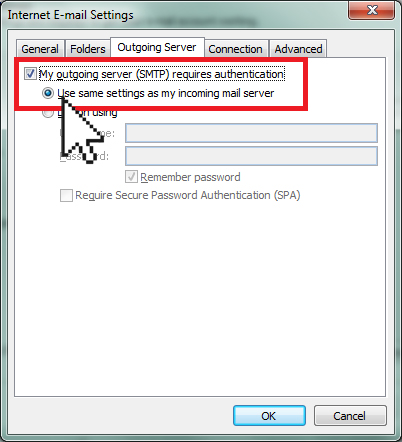

For each step of this process, different ports come into play:Įmail submission (SMTP), relay (SMTP), and receiving (POP/IMAP) happen through different ports. Getting email from one email client to another involves a few steps: you need to submit that email from your client to the mail server, it’s then relayed from one server to the next, until it’s finally received by your recipient’s email client. Why is there more than one port for SMTP? #

Like a port, the extension connects your call and your specific type of request-in this case your customer support question-to the place that’s set up to handle your request. But if you want to get to Customer Service, you’ll need their unique extension (like #400). If you dial a company’s generic phone number (12), you’ll likely get the front desk. And ports 25, 487, and 2525 handle SMTP.Īn easy way to think about ports is that they’re like phone number extension codes. Web browsing, for example, uses ports 80 and 443. An IP address identifies a machine in an IP network, while ports identify particular applications or services on a system.ĭifferent ports are reserved for different types of protocols and their associated functions, and port numbers help you identify these standardized ports. Whether you’re sending an email or browsing the web, any networked service requires two things to route communications appropriately: a domain name or internet address and a port. Ports play a crucial role in routing the right information to the right places. Most common SMTP ports: Overview and use casesĪn SMTP port is a communication endpoint that handles the transfer of email data over SMTP (Standard Mail Transfer Protocol) as it moves through a network, from one server to another.



 0 kommentar(er)
0 kommentar(er)
